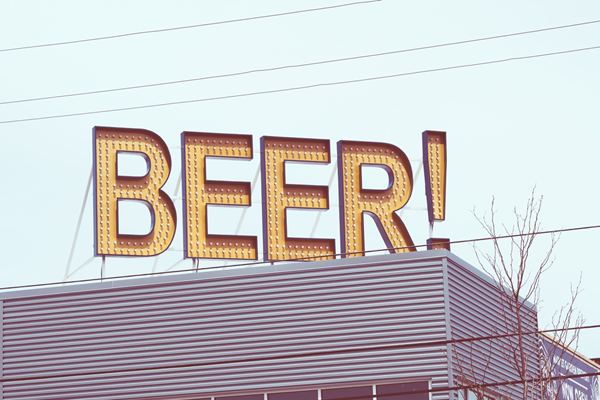New figures show that low and no-alcohol beer sales are growing in the UK and are at a record high. But as boozy Britain finally looks to cut back, our research suggests brands aren’t fully exploiting changing consumer attitudes and behaviours.
As Go Sober for October gets underway and the Christmas party season lies ahead, it is sobering to see that sales of low and no-alcohol drinks are soaring. Could it be? Brits, the binge-drinkers of Europe are, it seems, finally embracing the no- and low-alcohol trend already seen in other parts of the world.
Sales of alcohol-free beer have jumped by a quarter over the past year with low and no-alcohol beers now the fastest growing drinks trend in the UK, according to figures just released by Nielsen. It says that more than 43 million pints of non-alcoholic beer were drunk, up 27% on the previous 12 months. And sales of low alcohol options with an ABV between 0.5% and 3.5% were up 16% over the same period.
Though tiny in comparison to the amount of regular beer consumed in Britain (some 5.6bn pints last year) it’s a trend we expect can only grow – and one that is being driven by the brewers themselves.
AB InBev is planning the introduction of its 3.5%ABV Michelob Ultra brand in the UK , joining stable-mates Beck’s Blue, and Budweiser’s Prohibition Brew. Heineken has seen great success with its 0.0 alternative of its flagship brand.
Yet are brands missing a trick when it comes to positioning these alternatives? Are they too focused on the ‘negatives’ of not drinking, rather than tapping into the growing wellness trend of today? Will we see innovations outside of lager, such as in stout or ‘craft’ ales?
Research that we conducted across Europe shows that while traditional reasons for not drinking; such as being pregnant, driving or taking medication remain top of mind, more personal, and importantly positive, reasons are growing.
Many are conscious that drinking mid-week leads to losing focus the next day, but still want that emotional ‘hug’ we get from beer or wine to switch off; likewise when an exam, race or important event is on the horizon. Or perhaps, while the occasion might fit a beer, the company may not?
It’s why a bold move is needed to shift perceptions from a negative obligation to a positive choice. Too often, messaging is almost apologetic – here’s a beer with the good stuff taken out, rather than this is a drink with its own merits. How can brands start to move away from this world of the “beer minus”?
Brewdog’s tongue-in-cheek attempt to bring some personality to the category with Nanny State has seen success, with Nielsen showing sales rose by more than 50 per cent over this year with a total £2m spent on Nanny State in the 12 months ending last July, a rise from £1.3m the year before.
Others, according to the people we polled across Europe, such as Budweiser Prohibition, fare less well.
Choice is increasing but we believe there are untapped opportunities for brewers to explore. Take inspiration from the craft beer scene with an emphasis on taste, provenance and originality. Look to other non-lagers, such as ale, stout, oak-aged and cider and see what positive alternatives you can offer. Ensure that your zero percent offering is not seen as second-rate but an active choice.
While we’ve come a long way from ‘nursing a coke’ culture that signalled the designated driver having to make a conspicuous sacrifice, there’s a long way to go. Here’s to the innovations ahead!


